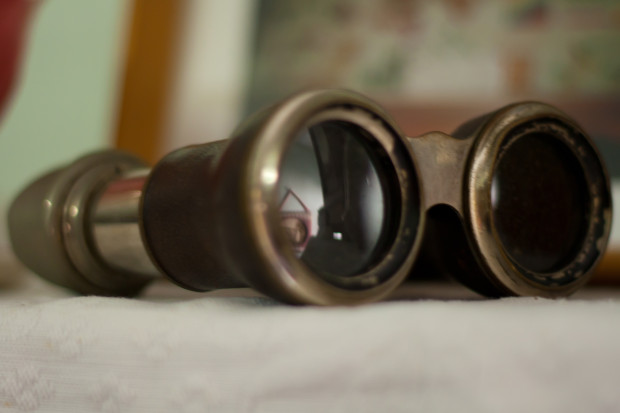 Where does the line exist between public and private? At which point does photography become voyeurism, or even exploitation? When you live in the Zinc Building, a glass-fronted set of apartments in New York's TriBeCa district, this question has just been thrown into sharp relief by a new exhibition at the Julie Saul gallery in Chelsea.
Where does the line exist between public and private? At which point does photography become voyeurism, or even exploitation? When you live in the Zinc Building, a glass-fronted set of apartments in New York's TriBeCa district, this question has just been thrown into sharp relief by a new exhibition at the Julie Saul gallery in Chelsea.
Arne Svenson, a photographer living on the second floor of a building opposite the Zinc Building, used a telephoto lens to capture images of the residents of the Zinc Building from his flat. These have now been curated and exhibited at the Julie Saul gallery under the title 'The Neighbors'. None of the subjects can be identified from their images, and Svenson maintains that by living in a glass-fronted building, they are putting themselves on a stage:
For my subjects there is no question of privacy; they are performing behind a transparent scrim on a stage of their own creation with the curtain raised high. The Neighbors don’t know they are being photographed; I carefully shoot from the shadows of my home into theirs.
For the residents of the Zinc Building, however, there is a distinct feeling that their privacy has been violated and consequently they are contemplating legal action. The feeling seems to be that there is a difference between an odd stolen glance and a concerted campaign to document their lives from the shadows. Even if they cannot be identified, it feels creepy.
Bearing in mind I'm in no way a legal expert and certainly not one in New York law, I think that there are two critical factors here; first, that Svenson took these photos from his own flat; second, that the images were captured using a long lens. Would someone standing on the street, without optical assistance, have been able to discern these scenes? If this weren't the case then the residents' expectations of privacy were reasonable and their sense of intrusion justified. Legality aside, from an ethical standpoint Svenson's location adds a distinct element of voyeurism and exploitation to his actions: he observed them purposefully and secretly from the security of his own flat.
Even if Svenson's actions are deemed legal, it is ethically dubious situations such as these, which provoke a sense of violation in the public, that leave photographers facing a barrage of abuse and do nothing to support or promote our rights to shoot in public. To say that we should never push the boundaries and paint ourselves into a photography-less corner would be foolish and detrimental to the medium. Rather, we need to be respectful of our subjects; just because we can do something doesn't mean that we should.
Meanwhile, I might just start drawing my bedroom curtains when I change. Nobody can see me from the street and the only possible view into the room comes from the first floor windows of two houses several hundred metres away. But you never know.
(Headsup to The Online Photographer)





